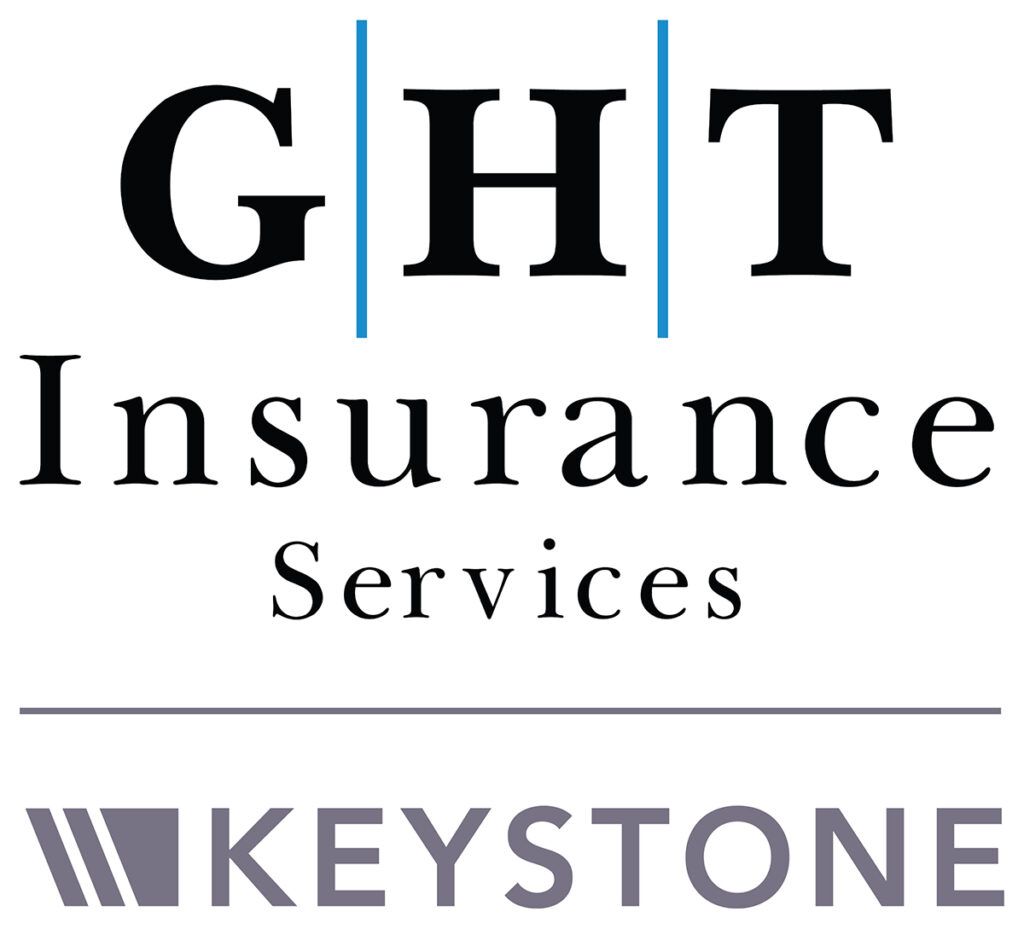The Growing Importance of Cyber Insurance in a Digital World
In today's increasingly digital world, businesses of all sizes are vulnerable to cyber threats. From data breaches to ransomware attacks, the risks are growing, and the consequences can be severe. As a result, cyber insurance has become a critical component of a comprehensive risk management strategy. At GHT Insurance Services, we understand the unique challenges that businesses face in protecting their digital assets. In this blog post, we'll explore the importance of cyber insurance, what it covers, and how it can protect your business from potentially devastating losses.
The Rising Threat of Cyber Attacks
Cyber threats are on the rise, and no business is immune. In recent years, we've seen a significant increase in cyber attacks, targeting businesses across all industries. These attacks can take many forms, including:
- Data Breaches: Unauthorized access to sensitive information, such as customer data or financial records, can lead to significant financial losses and damage to a company’s reputation.
- Ransomware: Ransomware attacks involve malicious software that encrypts a company's data, rendering it inaccessible until a ransom is paid. These attacks can bring business operations to a halt and result in substantial financial losses.
- Phishing: Phishing attacks involve deceptive emails or messages designed to trick recipients into revealing sensitive information or clicking on malicious links. These attacks are often the entry point for more significant breaches.
- Business Email Compromise (BEC): BEC attacks target businesses by compromising email accounts to redirect payments or steal sensitive information. These attacks can be particularly costly.
The Impact of a Cyber Attack
The consequences of a cyber attack can be devastating, particularly for small and medium-sized businesses. The potential impacts include:
- Financial Losses: The costs associated with a cyber attack can be substantial. This includes direct costs, such as paying a ransom or restoring systems, as well as indirect costs, such as lost revenue due to business interruption.
- Reputational Damage: A cyber attack can damage a company's reputation, leading to a loss of trust among customers, partners, and stakeholders. Rebuilding a damaged reputation can be a long and costly process.
- Legal Liabilities: If a data breach results in the exposure of sensitive customer information, a business may face legal liabilities, including fines, penalties, and lawsuits.
- Regulatory Compliance: Many industries are subject to strict regulations regarding data protection. A cyber attack that results in non-compliance can lead to significant fines and other penalties.
What Cyber Insurance Covers
Cyber insurance is designed to help businesses mitigate the financial impact of a cyber attack. While coverage can vary depending on the policy, cyber insurance typically includes:
- Data Breach Response: Coverage for the costs associated with responding to a data breach, including notification of affected individuals, credit monitoring services, and public relations efforts to manage reputational damage.
- Business Interruption: Coverage for lost income and additional expenses incurred due to a cyber attack that disrupts business operations.
- Cyber Extortion: Coverage for ransom payments and the costs associated with responding to a ransomware attack.
- Legal Fees and Regulatory Fines: Coverage for legal expenses, fines, and penalties resulting from a data breach or other cyber incidents.
- Liability Coverage: Coverage for claims made against your business by third parties, such as customers or partners, who are affected by a cyber attack.
The Importance of a Comprehensive Cyber Risk Management Strategy
While cyber insurance is a crucial component of risk management, it should be part of a broader strategy that includes proactive measures to prevent cyber attacks. Some key elements of a comprehensive cyber risk management strategy include:
- Employee Training: Educating employees about cyber threats, such as phishing and social engineering, is essential for preventing attacks. Regular training sessions can help employees recognize and respond to potential threats.
- Robust Security Measures: Implementing strong security measures, such as firewalls, encryption, and multi-factor authentication, can help protect your business from cyber attacks.
- Regular Backups: Regularly backing up data ensures that you can quickly restore systems in the event of a ransomware attack or other incidents that compromise your data.
- Incident Response Plan: Having a well-defined incident response plan in place can help your business respond quickly and effectively to a cyber attack, minimizing the impact on operations.
How GHT Insurance Services Can Help
At GHT Insurance Services, we understand that the digital landscape is constantly evolving, and so are the threats facing businesses. Our team of experienced agents can work with you to assess your cyber risk and develop a comprehensive insurance plan that meets your needs. Whether you're a small business or a large corporation, we can help you protect your digital assets and ensure your business is prepared for the unexpected. Don’t wait until you’re the victim of a cyber attack—contact us today to learn more about cyber insurance and how it can safeguard your business.


